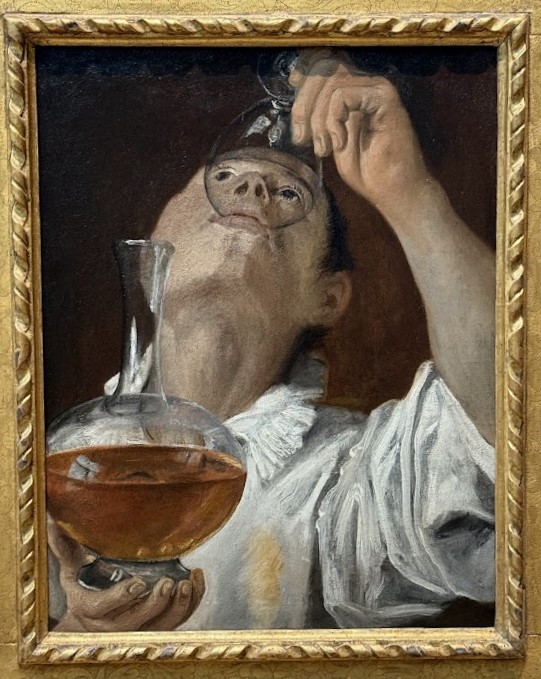
Welcome to the world of Baroque art, a style that flourished in Europe from the late 16th century to the early 18th century. If you’re new to art history, Baroque art might seem a bit overwhelming at first, but it’s a fascinating and dynamic period worth exploring. Let’s dive into what makes Baroque art so unique and captivating.
Baroque art is known for its dramatic flair, emotional intensity, and grandeur. It emerged as a response to the more restrained and harmonious styles of the Renaissance, bringing a new level of dynamism and movement to art. The term “Baroque” itself was initially used pejoratively to describe something overly ornate or extravagant, but today it is celebrated for its bold and expressive qualities. Baroque Art is recognized as the last all-European art style and is a blend of the styles of the High Renaissance and Mannerism which makes it impossible to identify a single Baroque style. It is generally agreed that style originated in Italy in the 1590s with the Carraccis in Bologna and Caravaggio in Rome. From there the style spread throughout Europe with each region developing its own version of the Baroque style. The Counter-Reformation, a movement within the Catholic Church to counter the Protestant Reformation, also played a significant role in shaping Baroque art. The Church used art as a tool for religious propaganda, commissioning grand and dramatic artworks to inspire faith and devotion. This period saw the creation of many emotionally charged and visually stunning religious works.
Key Characteristics of the Baroque Style
Naturalism: Baroque artists sought to depict their subjects with a high degree of naturalism, paying close attention to details and textures. This naturalism extends to the portrayal of human figures, who are often shown with all their flaws and imperfections.
Dramatic Use of Light and Shadow: One of the most distinctive features of Baroque art is its use of chiaroscuro, a technique that contrasts light and dark to create a sense of depth and volume. This dramatic lighting helps to highlight the emotional intensity of the scenes depicted. Many Baroque artists took this technique one step further into what is know as tenebrism. Tenebrist paintings often feature a strong spotlight effect, with a limited light source illuminating a specific area while the rest of the composition is engulfed in deep shadows. This technique creates a heightened sense of drama and intensity.
Emotional Intensity: Baroque artists aimed to evoke strong emotions in their viewers. Whether it’s the anguish of a martyrdom scene or the ecstasy of a religious vision, the figures in Baroque paintings often display intense and expressive emotions.
Dynamic Composition: Unlike the balanced and harmonious compositions of the Renaissance, Baroque art is characterized by dynamic, often diagonal compositions that convey movement and energy. This sense of motion draws the viewer into the scene and creates a more immersive experience.
Theatricality and Grandeur: Baroque art often has a theatrical quality, with grand, elaborate scenes that draw the viewer into the action. This can include dramatic gestures, flowing drapery, and complex compositions that create a sense of spectacle.
Use of Allegory and Symbolism: Baroque art frequently incorporates allegorical and symbolic elements, using visual metaphors to convey deeper meanings and messages. These elements add layers of complexity to the artwork, inviting viewers to engage with it on multiple levels.
Innovative Themes: Baroque artists expanded their thematic repertoire to include landscapes, genre scenes, and still lifes, moving beyond traditional religious and historical subjects.
Baroque art is a rich and diverse period that offers something for everyone. Its dramatic use of light and shadow, emotional intensity, and dynamic compositions make it a captivating style to explore. Whether you’re drawn to the naturalism of Caravaggio, the grandeur of Bernini, or the complexity of Velázquez, there’s no shortage of fascinating works to discover. So, take a closer look at Baroque art and let yourself be swept away by its drama and beauty.

Leave a Reply